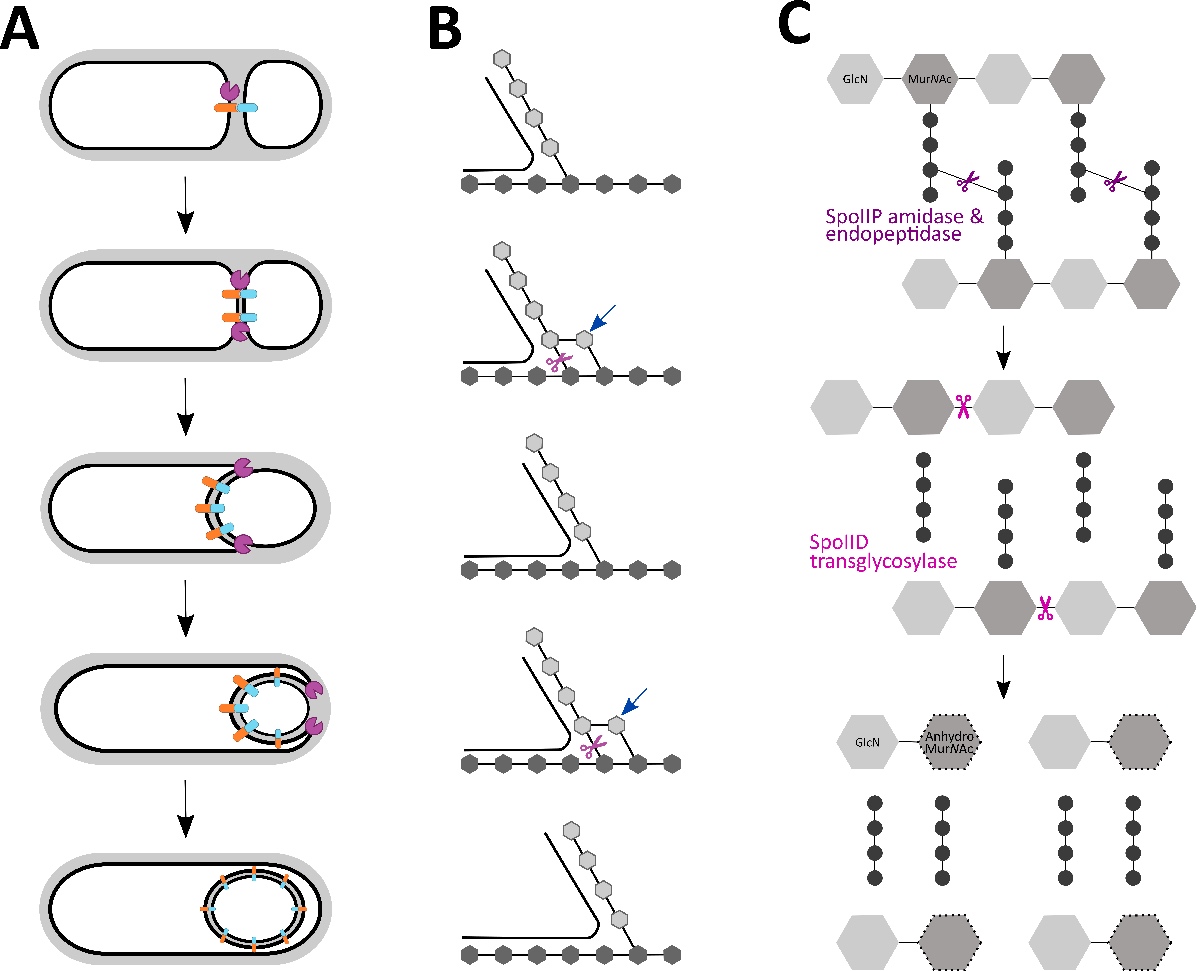
The engulfasome in C. difficile: Variations on protein machineries
Kelly A, Salgado PS
Anaerobe, 2019
Abstract
Clostridioides difficile infection (CDI) continues to be a substantial healthcare burden, and the changing disease profile raises new challenges in CDI management, both in clinical settings and in the community. CDI is transmitted by spores, which are formed by a subset of the cell population where an asymmetric septum is formed. A full copy of the chromosome is transported into the smaller compartment which is then engulfed by the mother cell. After engulfment, multiple metabolic and morphological changes occur, eventually resulting in the release of the mature spore. Whilst studies in the model organism Bacillus subtilis have demonstrated the importance of the DMP and Q:AH machineries in engulfment, it is becoming clear that there are fundamental differences in the way the two organisms organise these machineries. As spores are the infectious agent in CDI, it is crucial to understand how these dormant cells are formed, and how sporulation can be prevented or disrupted with the view of reducing CDI. Here, we review the current literature on the DMP and Q:AH machineries in C. difficile, and how they compare and contrast to those of B. subtilis.